The 1970s were a bold and transformative time—not just in fashion and music, but also in how people approached food and nutrition. It was an era when convenience ruled the kitchen, and packaged goods took center stage in daily meals. Supermarket shelves were lined with colorful boxes and cans declaring promises like “fortified,” “fat-free,” or “diet,” which most consumers eagerly interpreted as markers of good health. The allure of faster meals and fewer dishes to wash often outweighed any questions about ingredient lists.
Nutrition science was still in its infancy, and many of the concepts we take for granted today—like the dangers of trans fats or the sugar content in “healthy” drinks—were barely understood or even acknowledged. Back then, people trusted advertising slogans and food pyramids that prioritized starches and dairy, with little regard for sugar, sodium, or additives. In that climate, a fruit-flavored powdered drink or a “light” gelatin dessert could easily pass as a smart dietary choice, simply because it was low in fat or had a vitamin label slapped on the box.
This retrospective will take you through 22 popular foods from the 1970s that were widely seen as healthy, but which now raise some serious red flags in today’s nutritional landscape. From brightly colored drinks to meat-filled TV dinners, each item reflects a snapshot of its time—a period when processed often meant progressive. Let’s revisit these nostalgic bites and uncover why they were once beloved, and what we’ve since learned about what’s really inside.
1. Tang
Back in the 1970s, Tang was the drink of choice for many families. Marketed as a vitamin C powerhouse, it even gained fame as a space-age beverage, thanks to NASA’s use of it during missions. However, beneath its vibrant orange hue lay a concoction brimming with sugar and artificial flavors. Families believed they were getting a nutritious boost, but were, in fact, indulging in a sugary treat. Despite its shortcomings, Tang’s space connection made it a staple in households. Curious how it tasted? It was sweet, tangy, and unmistakably artificial. Today, we view it as more of a nostalgic treat rather than a health drink.
2. Canned Fruit Cocktail in Syrup
In the 1970s, canned fruit cocktail was a convenient way to enjoy fruit. A blend of pears, grapes, cherries, and peaches, it was often served as a quick dessert. However, these fruits were submerged in a heavy syrup laden with added sugars. While it seemed like a healthy choice, it actually contributed to sugar consumption rather than reducing it. The colorful mix was deceivingly appealing, masking the fact that it lacked the natural nutrients found in fresh fruit. Despite this, it graced many dinner tables, celebrated for its simplicity and sweetness. Today, we favor fresh and natural over syrupy concoctions.
3. Bagels with Cream Cheese
Bagels with cream cheese were a beloved breakfast choice in the 1970s. Seen as a wholesome, energy-boosting start to the day, they became synonymous with morning routines. However, the refined carbs in the bagel combined with saturated fats from the cream cheese made this combo less healthy than believed. Despite their comforting appeal, these breakfast staples provided more empty calories than nutritional value. The chewy texture of bagels, paired with the creamy richness of cream cheese, made them an irresistible duo. Though still popular today, we now pair them with healthier toppings, embracing moderation and balance.
4. Wonder Bread
Wonder Bread, with its soft texture and bright packaging, was a household name in the 1970s. Marketed as a nutritious option due to its fortification, it promised vitamins and minerals. However, the reality was quite different. Being ultra-refined, it lacked fiber and essential nutrients found in whole grains. This white bread was more about convenience than health. Its pillowy softness made it a favorite for sandwiches and toast, but it offered little in the way of nourishment. Today, whole grain alternatives have overshadowed Wonder Bread, as we seek more substantial options for our daily bread consumption.
5. Snackwell’s Cookies
Snackwell’s cookies emerged in the late 1970s/early 1980s as a dieter’s dream. Marketed as fat-free and therefore guilt-free, they quickly became a popular snack choice. However, the absence of fat was compensated by an abundance of sugar. This made them less of a healthy option and more of a sugary indulgence. The promise of a healthier cookie was alluring, but the reality fell short. While they satisfied sweet cravings, the nutritional void they left was significant. Today, we better understand the importance of balanced snacks over simply fat-free ones, recognizing the need for moderation.
6. Carnation Instant Breakfast
Carnation Instant Breakfast was a breakfast revolution in the 1970s. It promised quick nutrition with minimal effort, becoming a staple for busy mornings. However, its composition was often filled with added sugars and artificial ingredients, making it less healthy than its image suggested. The convenience it offered overshadowed its nutritional drawbacks. With flavors like chocolate and vanilla, it appealed to those seeking a tasty yet quick breakfast fix. Today, we prioritize whole foods and real ingredients over instant solutions, understanding the impact of sugar-laden products on our health and wellness.
7. Hi-C
Hi-C, the brightly colored juice drink, was a favorite among children in the 1970s. Promoted as a vitamin-rich beverage, it was perceived as a healthy addition to lunches. However, its vibrant appearance masked a reality of fruit-flavored sugar water. Families were drawn to its convenience and supposed health benefits, not realizing it was more akin to a sugary treat. The enticing flavors like orange and fruit punch were hard to resist. Despite its popularity, today we understand the importance of real fruit juices and water for hydration, steering clear of sugar-laden alternatives.
8. Frozen Yogurt
Frozen yogurt became the dessert of choice in the 1970s, seen as a healthier alternative to traditional ice cream. Its creamy texture and tangy flavor appealed to those looking for a guilt-free treat. However, many frozen yogurts contained just as much sugar and fat as their ice cream counterparts. The perception of healthfulness was more about marketing than reality. Despite this, it became a favorite for its versatility and flavor combinations. Today, we enjoy frozen yogurt with a better understanding of its nutritional content, often opting for toppings that add value rather than just sweetness.
9. Bran Muffins
Bran muffins enjoyed popularity in the 1970s as a fiber-rich breakfast or snack. Seen as a healthy choice, they became a staple in many diets. However, their large size and sugar content often negated their fiber benefits. The dense, hearty texture was appealing, but they delivered more calories than anticipated. Despite their wholesome image, they were often sugar-laden indulgences. Today, we understand the need for portion control and balance, seeking out recipes that focus on whole grains and reduced sugars, allowing the natural goodness of bran to shine through without excess.
10. Cheese Spreads (e.g., Cheez Whiz)
Cheese spreads like Cheez Whiz were a convenient addition to many 1970s kitchens. Regarded as an easy calcium source, they topped crackers, bread, and more. However, these spreads were filled with preservatives and artificial colors, making them less nutritious than believed. The smooth, creamy texture was appealing, providing a quick cheese fix. Despite their alluring convenience, they offered little in the way of real cheese benefits. Today, we are more aware of the ingredients in our foods, choosing natural cheeses over processed spreads for a purer taste and nutritional value.
11. TV Dinners
TV dinners were the epitome of convenience in the 1970s. Promoted as balanced meals with something from every food group, they became a household staple. However, these meals were often laden with sodium and unhealthy fats. The allure of a quick, no-prep dinner was hard to resist, yet the nutritional quality was questionable. The neatly divided compartments promised variety, but seldom delivered true balance. Today, we are more conscious of meal composition and quality, leaning towards fresh, home-cooked alternatives that better support our nutritional needs and lifestyle choices.
12. Bologna Sandwiches
Bologna sandwiches were a lunchtime favorite in the 1970s, seen as a quick and protein-rich option. Made with layers of processed meat, they were a staple in lunchboxes. However, the processed nature of bologna raised health concerns, particularly regarding sodium and preservatives. The simple combination of soft bread and savory bologna was satisfying but nutritionally lacking. Despite their popularity, we’ve since learned to diversify our lunch choices with fresher, less processed options. Today, we seek out deli meats that emphasize quality ingredients and fewer additives, focusing on balanced and nutritious meals.
13. Jell-O with Fruit
Jell-O with fruit was a staple dessert in the 1970s. Its vibrant colors and wobbly texture made it an entertaining choice for gatherings. Seen as a fun, light option, it was often served at parties and family dinners. However, Jell-O is primarily sugar and gelatin, offering minimal nutritional value. The fruit added a bit of freshness, but the overall dish was more about visual appeal than health. Despite its lack of nutrients, Jell-O’s nostalgic charm remains. Today, we often seek desserts that balance indulgence with nutritional benefits, opting for real fruits and lighter preparations.
14. Canned Soups
Canned soups were a pantry staple in the 1970s, lauded for their convenience and perceived nourishment. Seen as a warm, comforting meal, they offered quick solutions for busy days. However, these soups were often high in sodium and contained preservatives, making them less healthy than their image suggested. The ease of preparation was unmatched, yet the nutritional quality left much to be desired. Despite their shortcomings, canned soups remained popular for their flavors and simplicity. Today, we favor homemade or lower-sodium options that offer more genuine nutritional benefits.
15. Diet Soda
Diet sodas surged in popularity in the 1970s, marketed as a weight-loss aid. They promised the enjoyment of soda without the calories, appealing to those watching their waistlines. However, the artificial sweeteners used raised health concerns, with potential metabolic effects. The fizzy, sweet taste was a draw, but the lack of real nutritional benefits was significant. Despite the initial excitement, we’ve learned to approach diet sodas with caution. Today, we recognize the importance of moderating consumption and understanding the long-term impact of artificial ingredients on our health and wellness.
16. Margarine
Margarine was heralded as a heart-healthy alternative to butter in the 1970s. Promoted for its lack of cholesterol, it gained popularity among health-conscious consumers. However, margarine often contained high levels of trans fats, later linked to health issues. Its smooth, spreadable consistency and buttery flavor were appealing, yet the health trade-offs were significant. Today, we have a better understanding of the impact of trans fats, opting for alternatives that offer both flavor and health benefits, such as olive oil and other plant-based spreads.
17. Gelatin Molds with Vegetables
Gelatin molds with vegetables were a culinary curiosity in the 1970s, considered an innovative salad alternative. These colorful creations combined gelatin with vegetables, creating a dish that was more about visual intrigue than nutrition. While amusingly unique, their nutritional content was lacking. The combination of savory vegetables suspended in sweet gelatin was unusual and not entirely appetizing. Despite their novelty, gelatin molds have since faded from favor. Today, we prefer salads that focus on fresh ingredients and true flavor harmony, rather than relying on gimmicks.
18. Rice Cakes
Rice cakes were celebrated in the 1970s as a low-calorie snack option. Seen as a diet-friendly choice, they offered a crunchy, airy texture. However, their nutritional value was minimal, often just empty calories with a high glycemic index. The promise of guilt-free snacking was enticing, but the lack of sustenance was evident. Despite their appeal as a light snack, we’ve learned to prioritize foods that provide real nourishment. Today, we opt for snacks that offer protein, fiber, and healthy fats, balancing our need for taste and health more effectively.
19. Instant Breakfast Shakes
Instant breakfast shakes gained traction in the 1970s as a quick and seemingly nutritious meal option. Promising convenience, they became a go-to for those with busy mornings. However, these shakes were often high in sugar and filled with synthetic additives. The allure of a quick meal replacement was strong, yet the nutritional shortcomings were substantial. Today, we understand the importance of whole foods and balanced nutrition, seeking out breakfast options that provide sustained energy and nourishment without unnecessary sugars or additives.
20. Banana Chips
Banana chips were seen as a healthy, fruit-based snack in the 1970s. Their crispy texture and sweet flavor made them a popular choice. However, they were often deep-fried and coated in sugar, turning them into a less-than-healthy indulgence. The convenience of a portable fruit snack was appealing, but the added fats and sugars were a downside. Despite their popularity, we’ve since learned to approach fruit snacks with caution, opting for fresh fruit or lightly dried alternatives that retain the natural benefits without unnecessary additives.
21. Peanut Butter
Peanut butter was a pantry staple in the 1970s, praised for its protein content. It became a beloved spread for sandwiches, toast, and more. However, many brands were filled with hydrogenated oils and added sugars, detracting from its natural benefits. The creamy, nutty flavor was irresistible, masking the less desirable ingredients. Despite this, peanut butter remains a favorite, though we now choose brands that prioritize natural ingredients and minimize additives. Today, the emphasis is on pure peanut content, offering a healthier, tastier option for nut butter enthusiasts.
22. Canned Vegetables
Canned vegetables were heralded as a convenient and healthy option in the 1970s. Offering a quick way to incorporate vegetables into meals, they gained widespread use. However, the canning process often stripped them of essential nutrients, and they were frequently high in sodium. The ease of use was undeniable, yet they lacked the freshness and nutritional quality of their fresh counterparts. Despite this, canned vegetables provided a staple for many families. Today, we prioritize fresh or frozen vegetables that retain more vitamins and minerals, offering better health benefits and flavor.
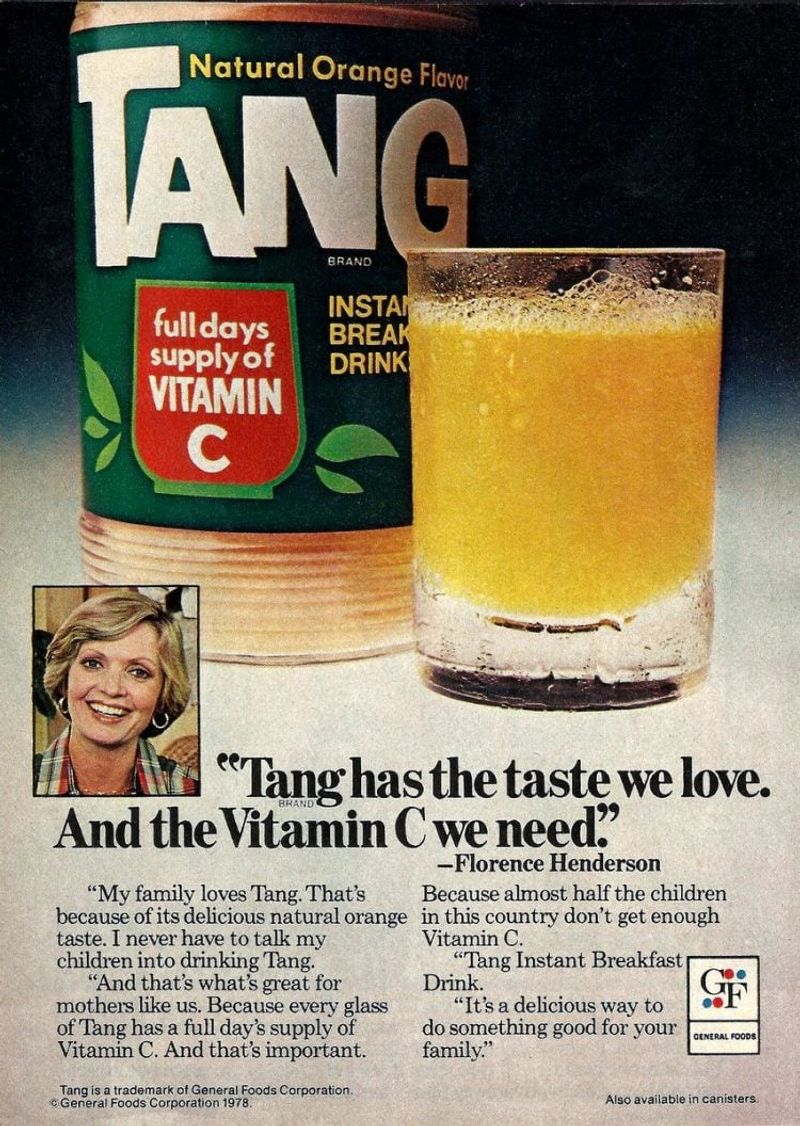
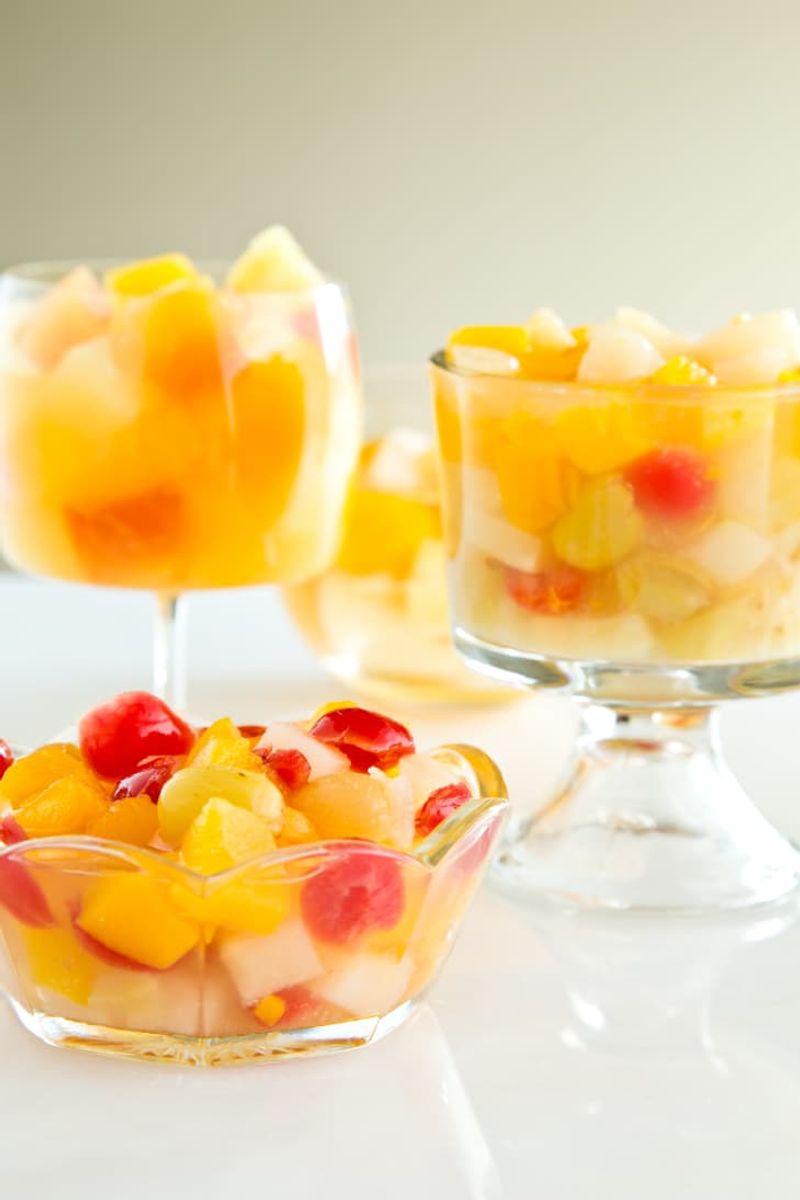
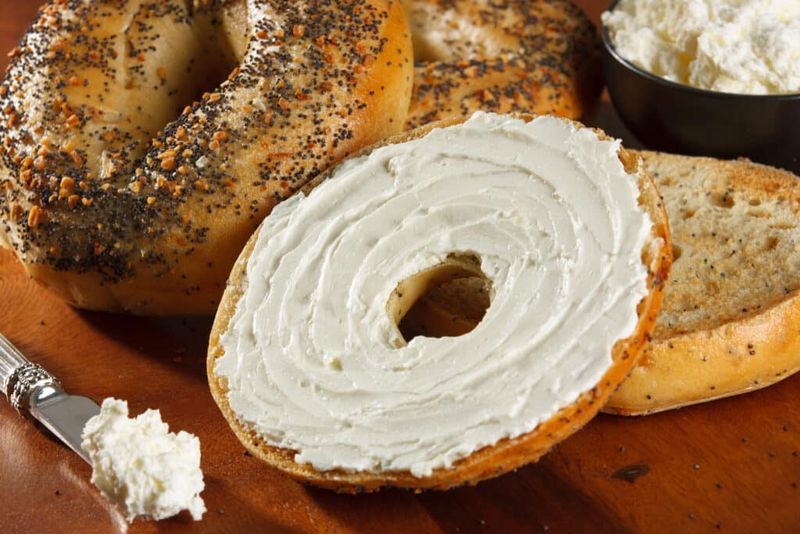
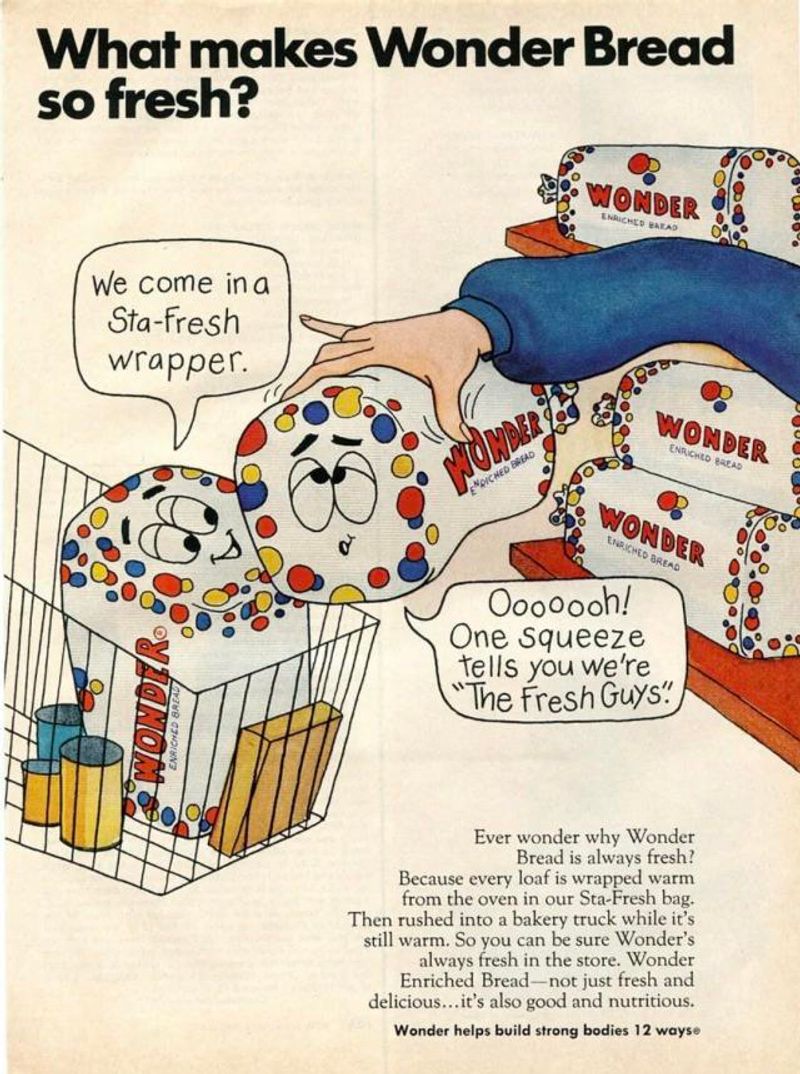
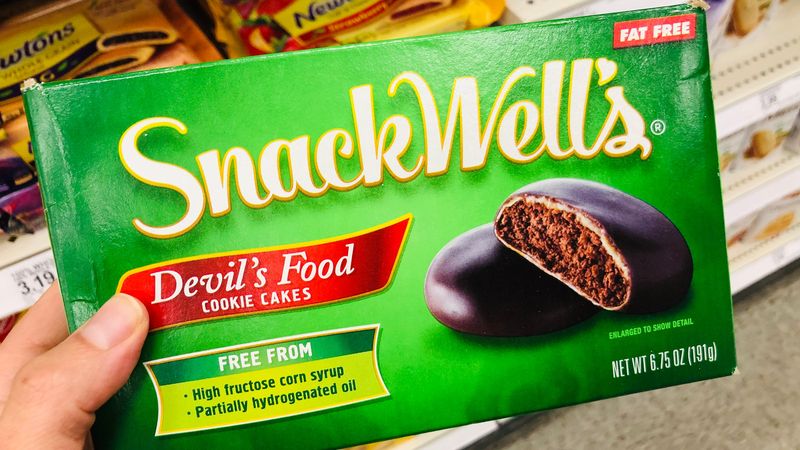
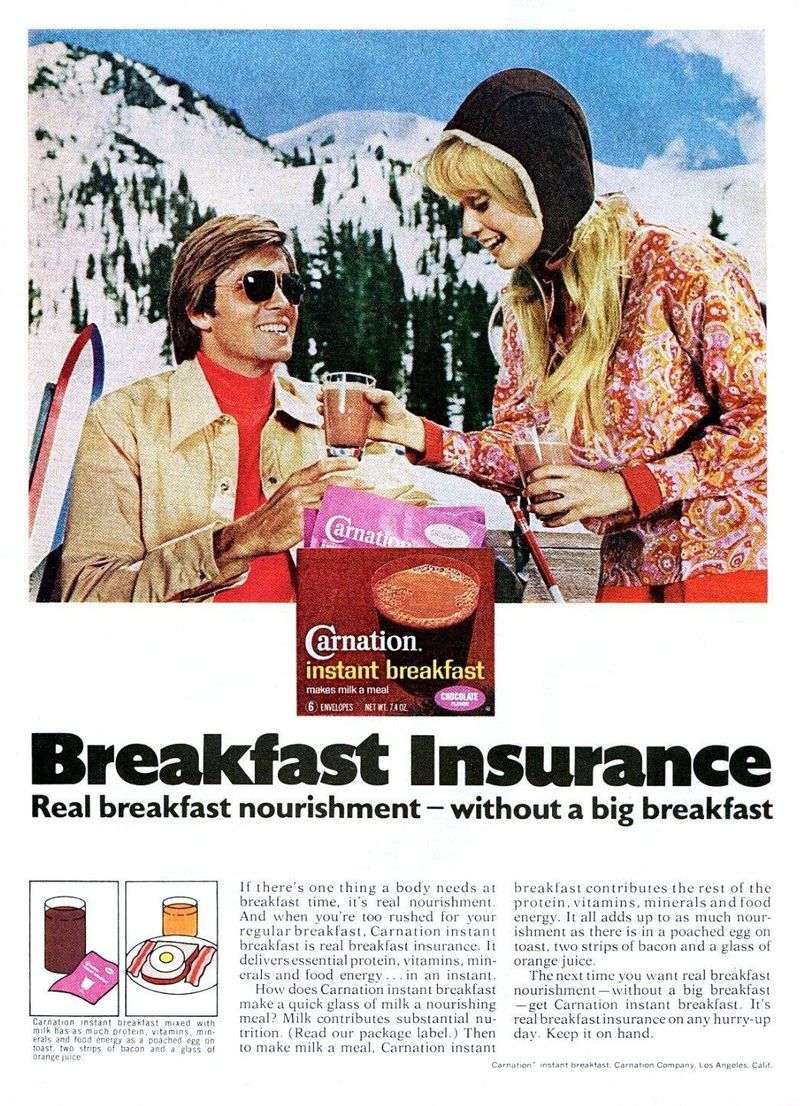
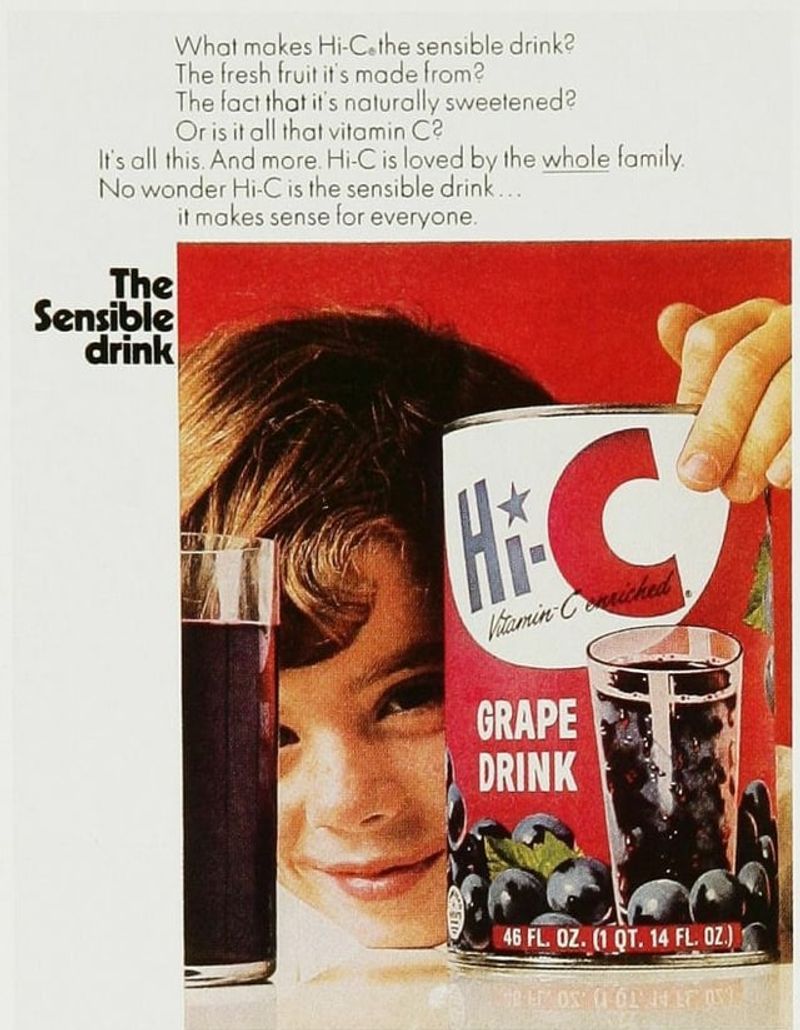


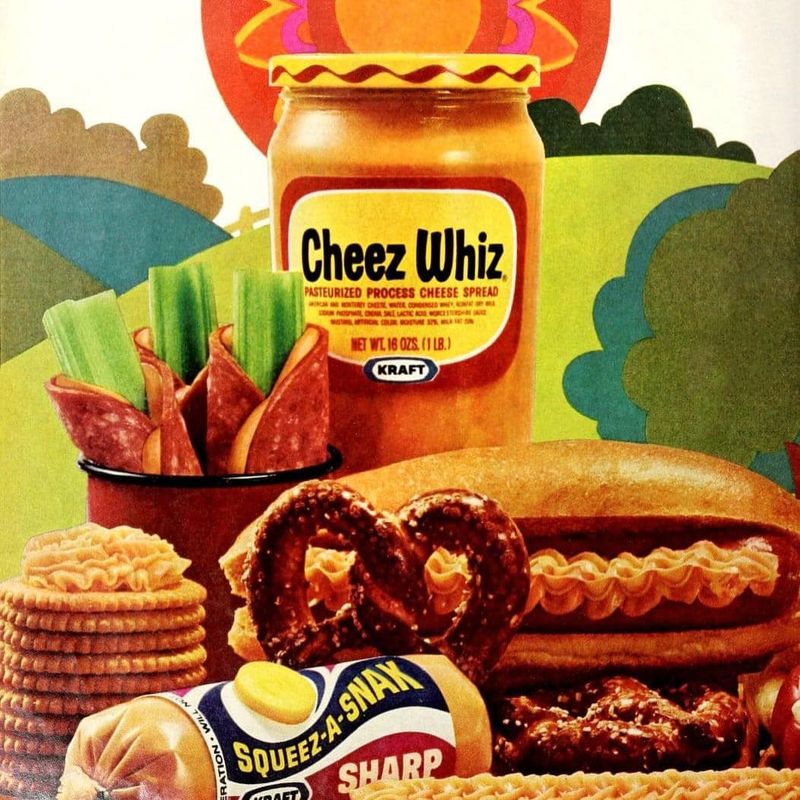
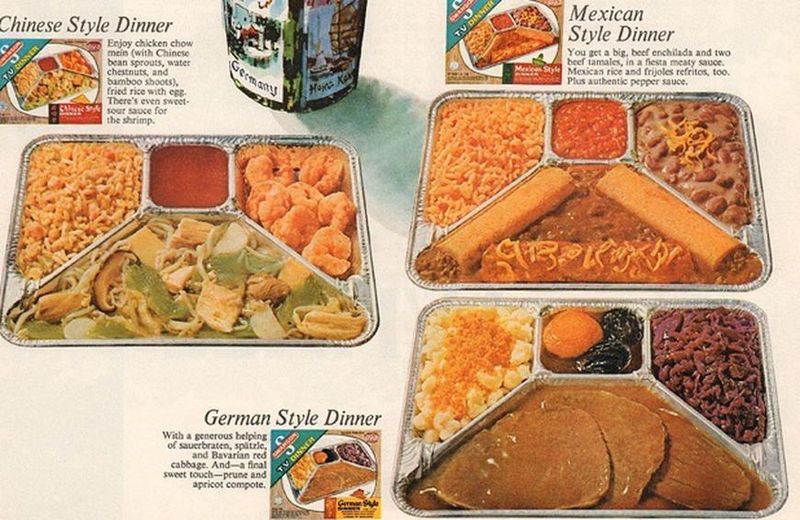
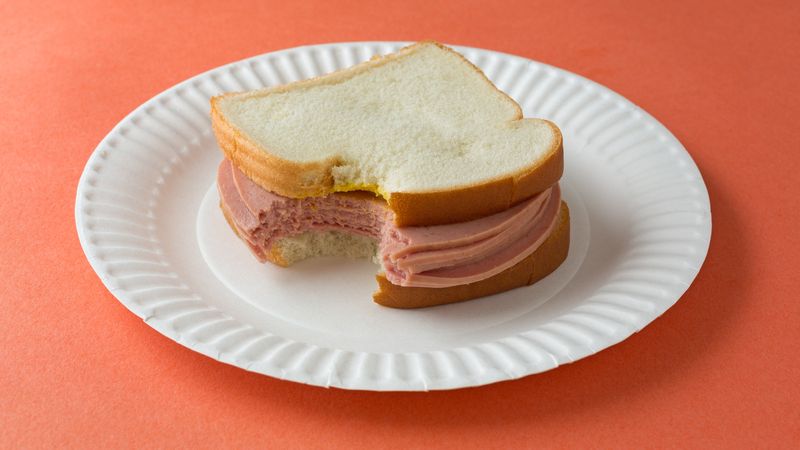

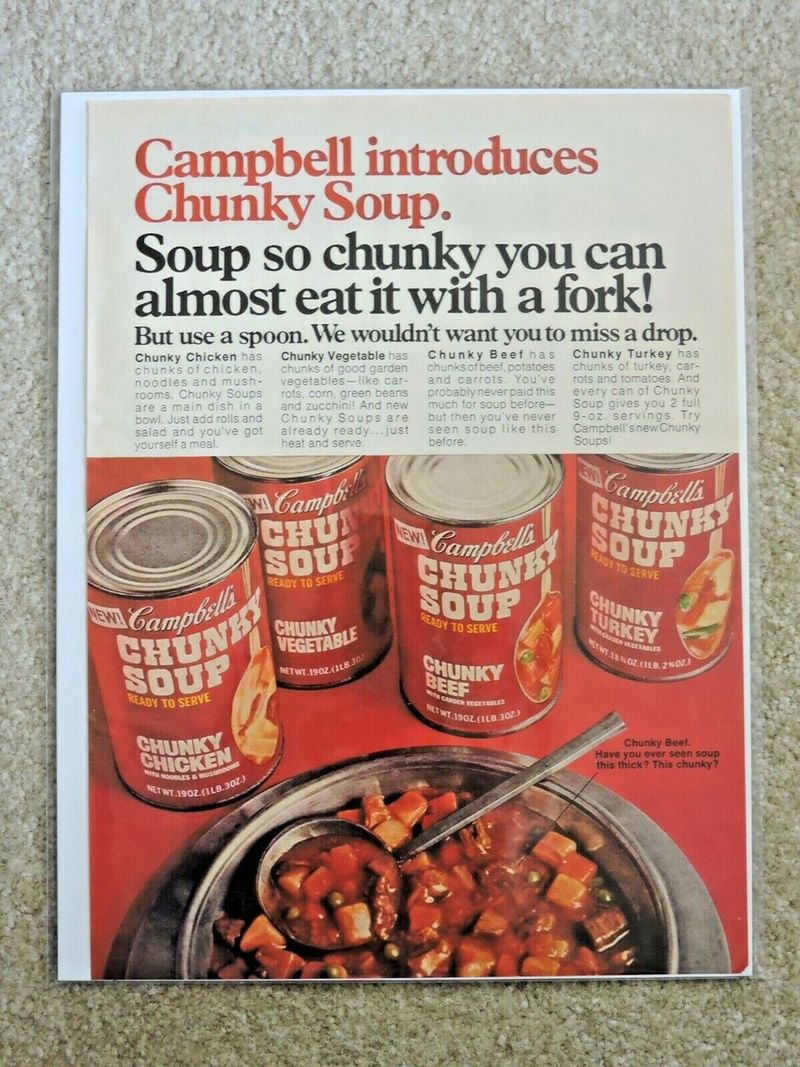
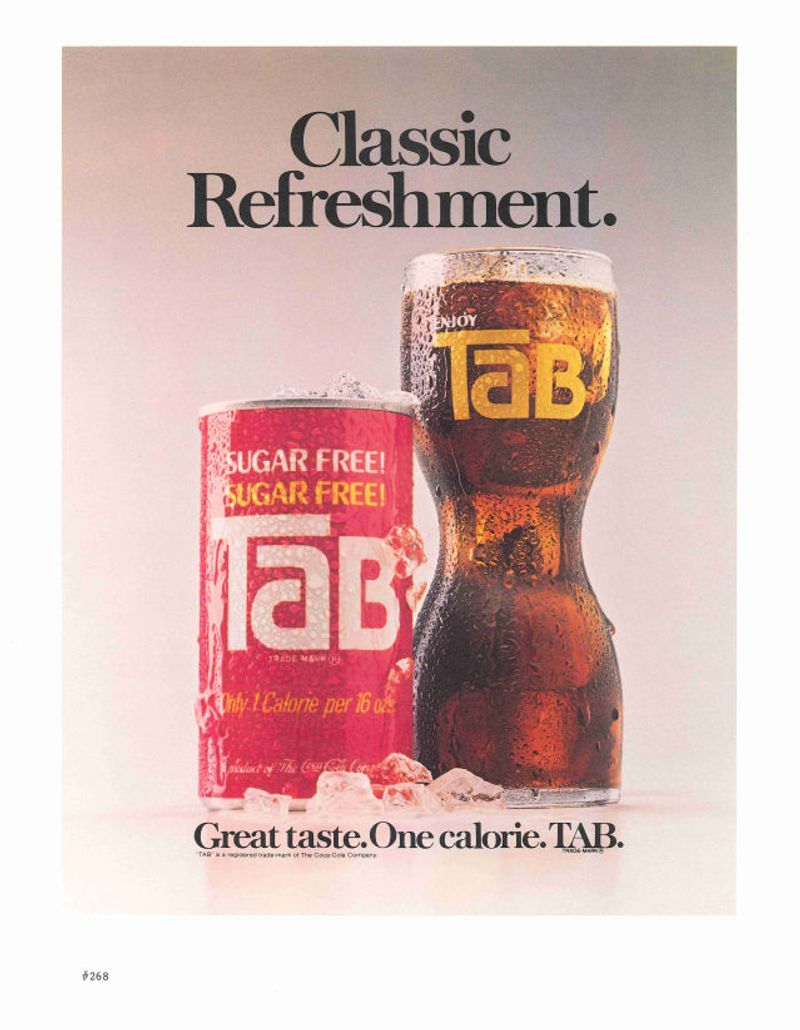
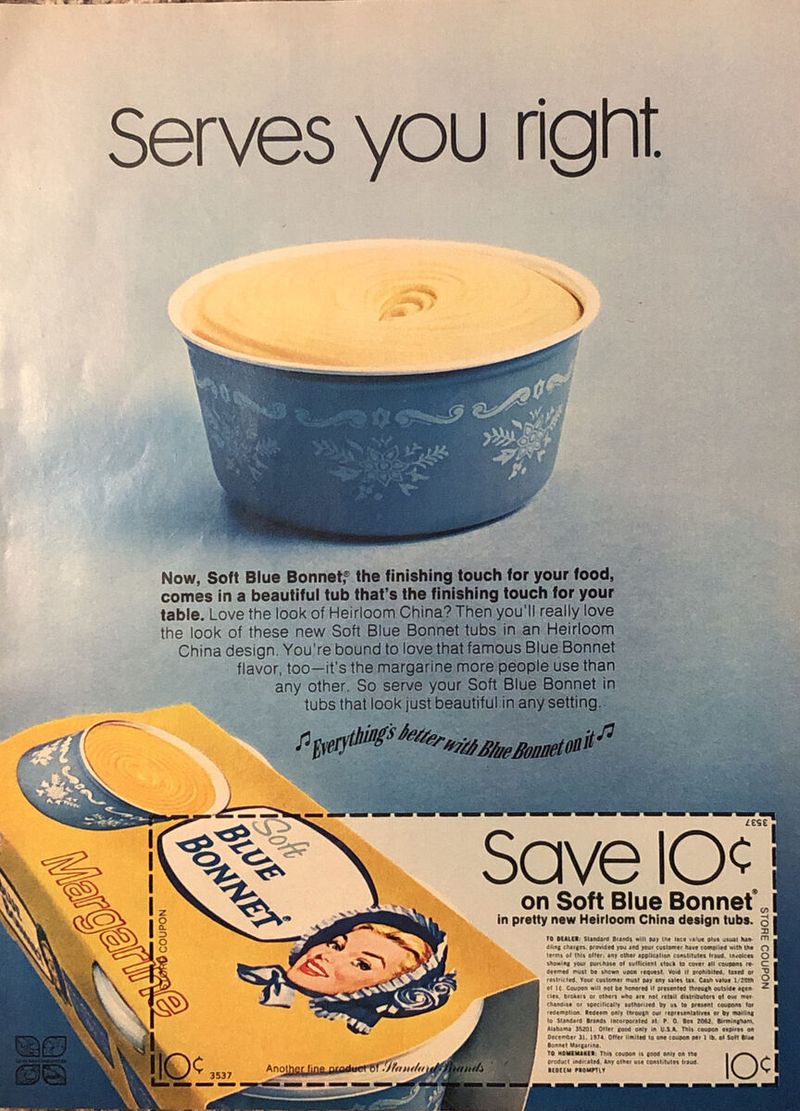
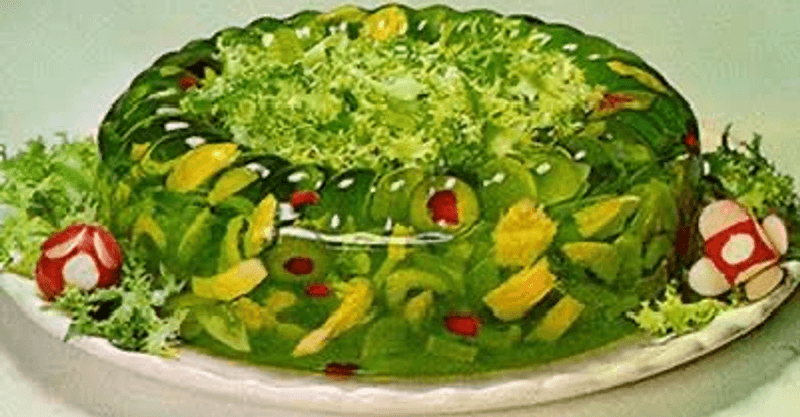
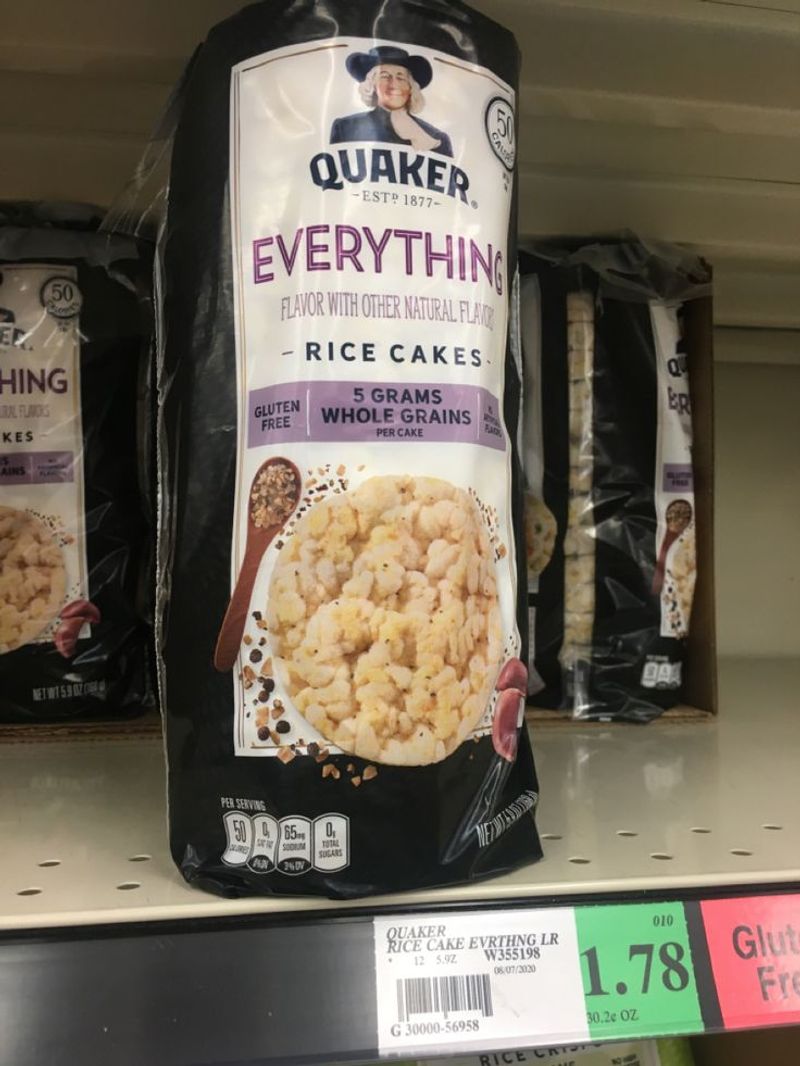
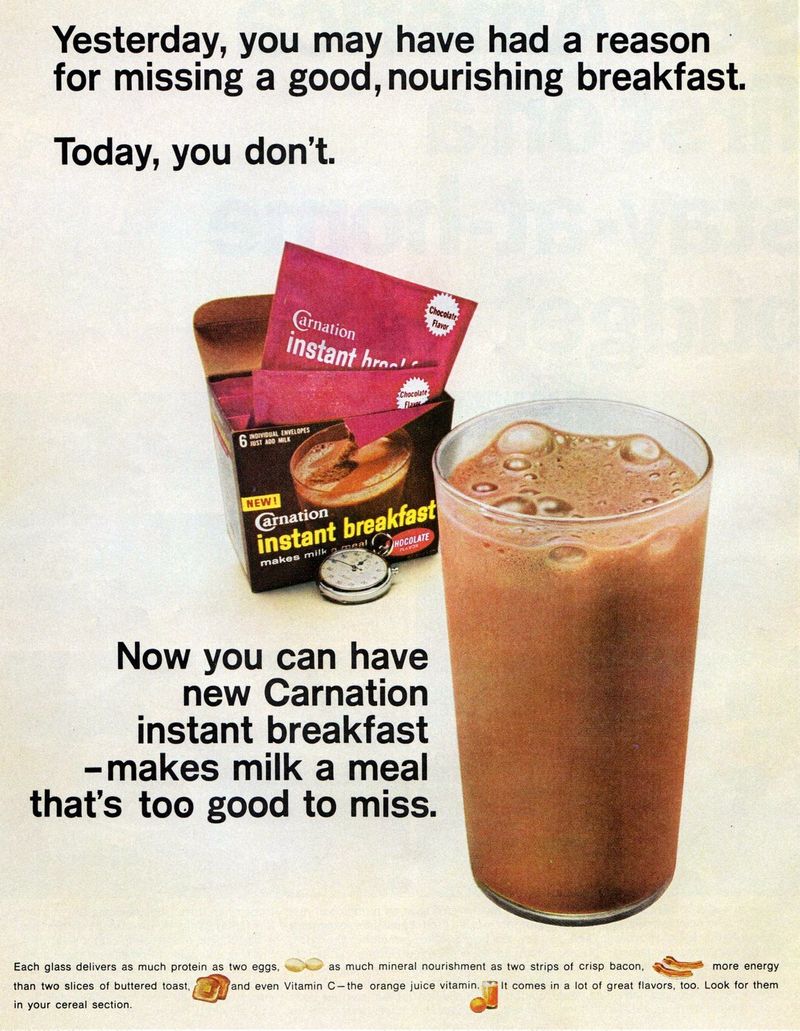
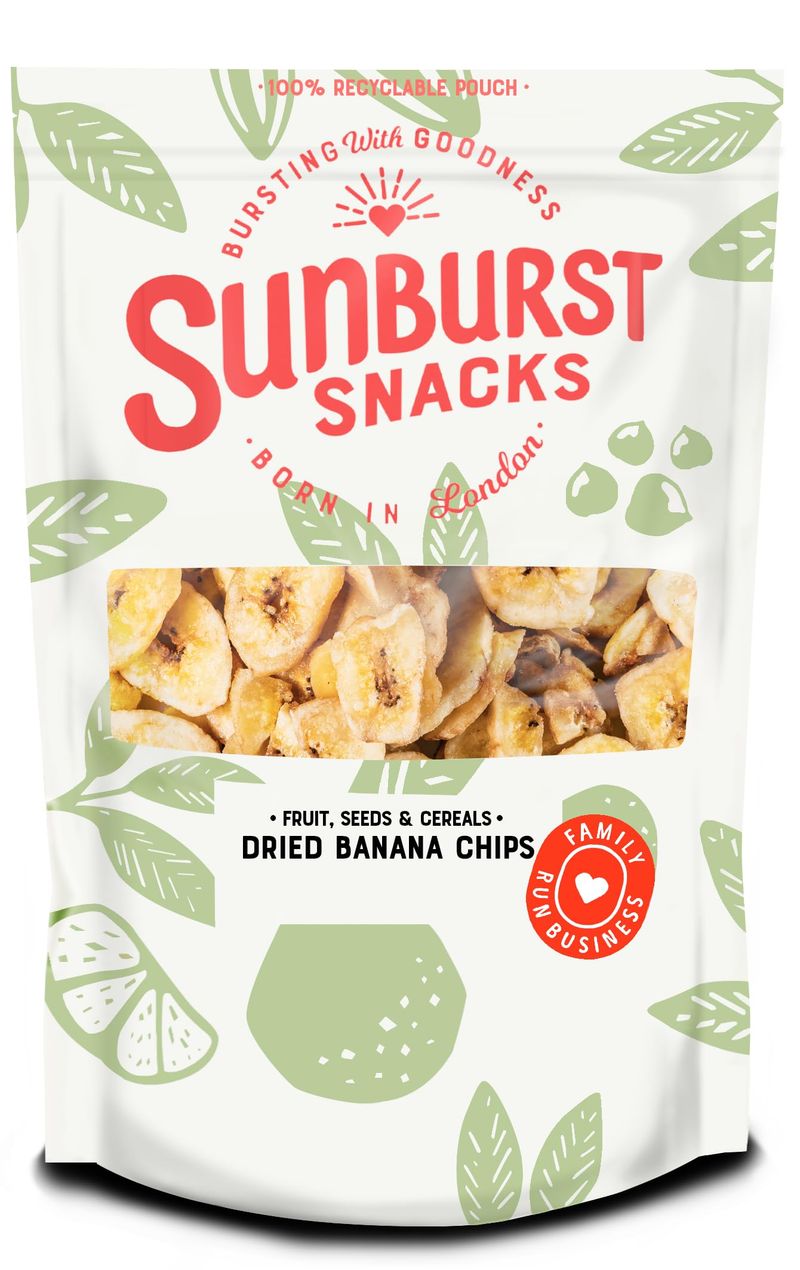
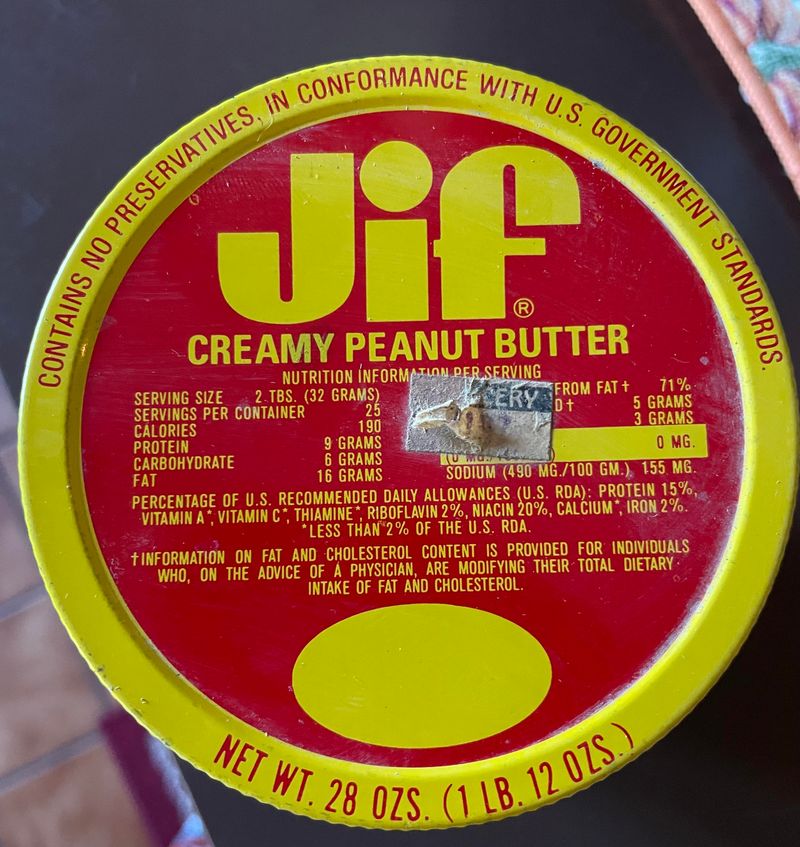
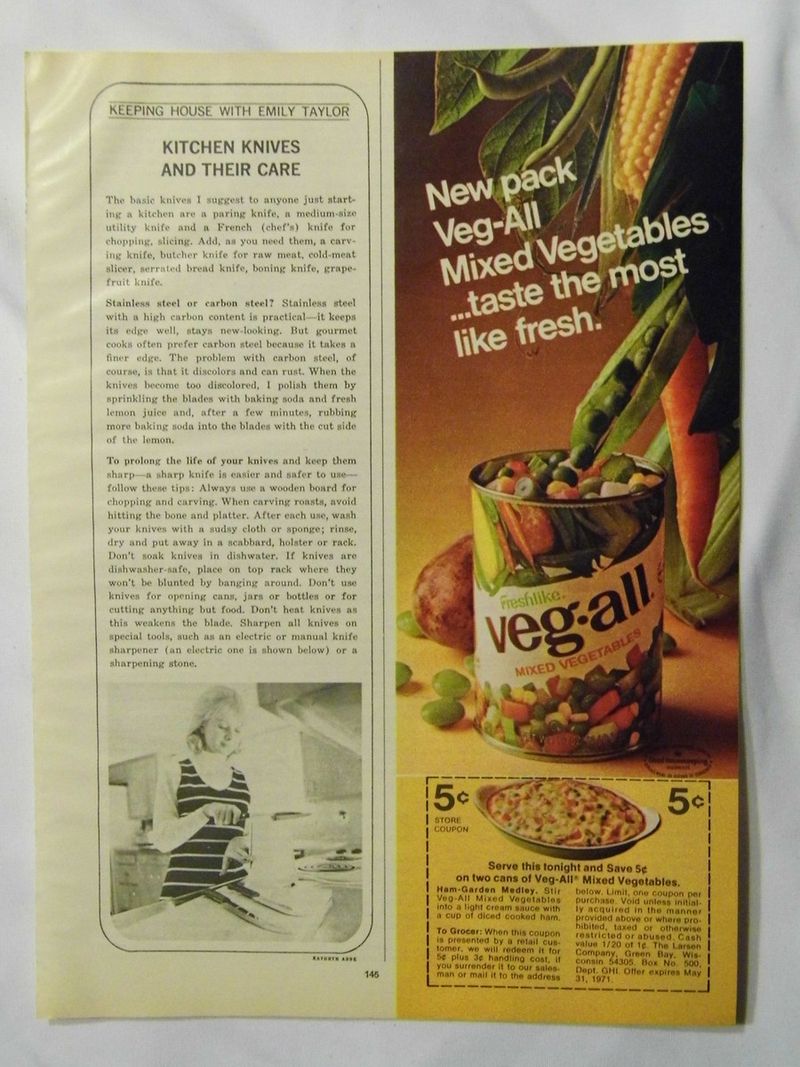
Leave a comment